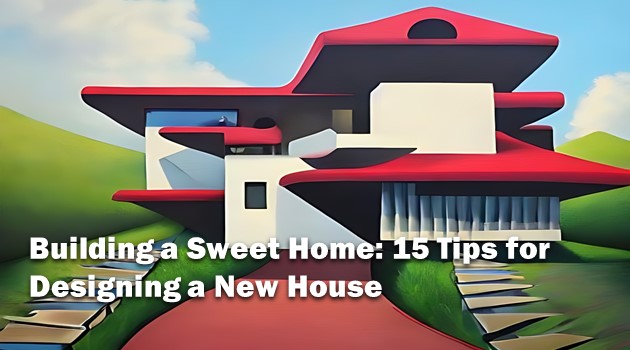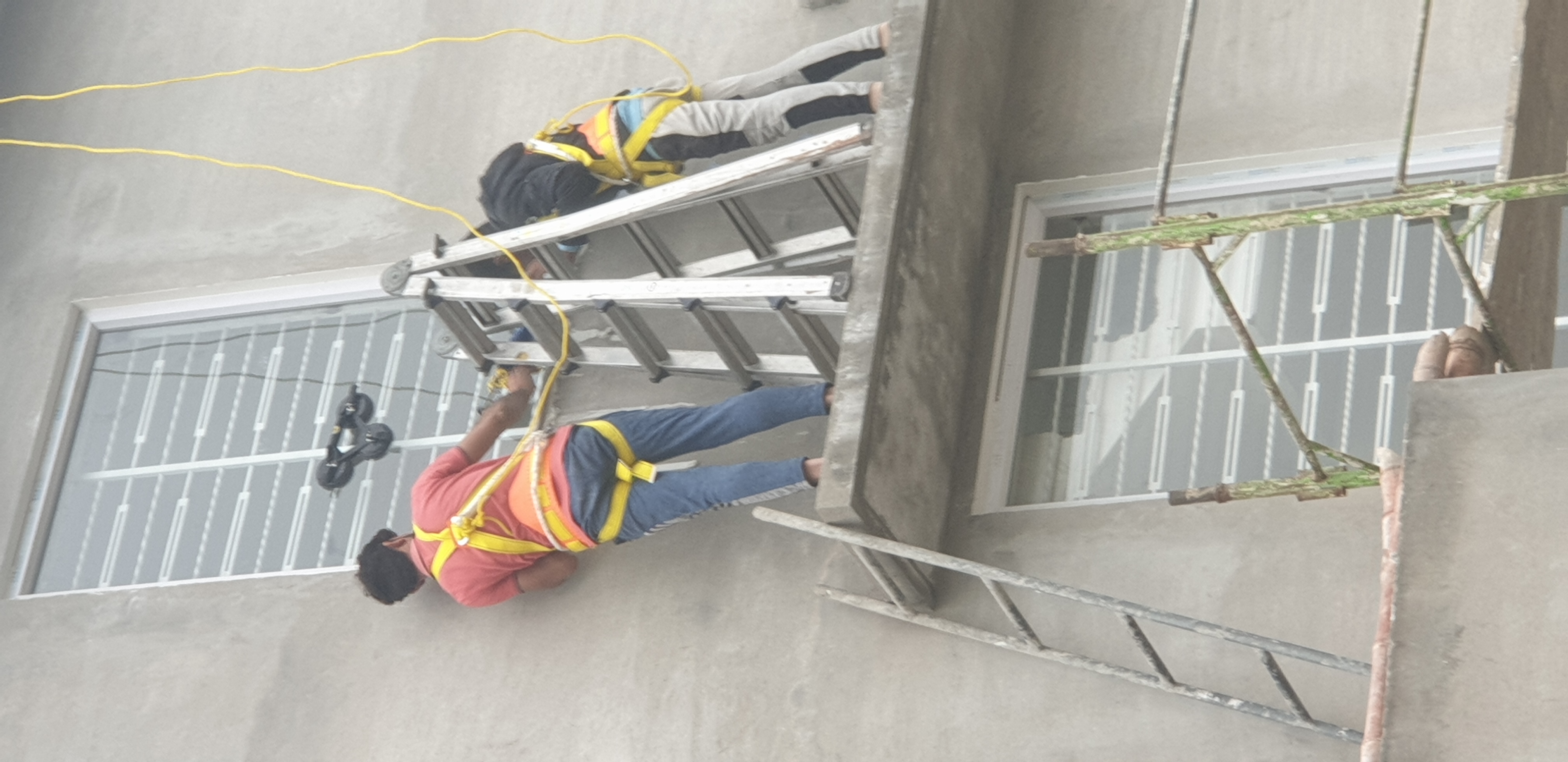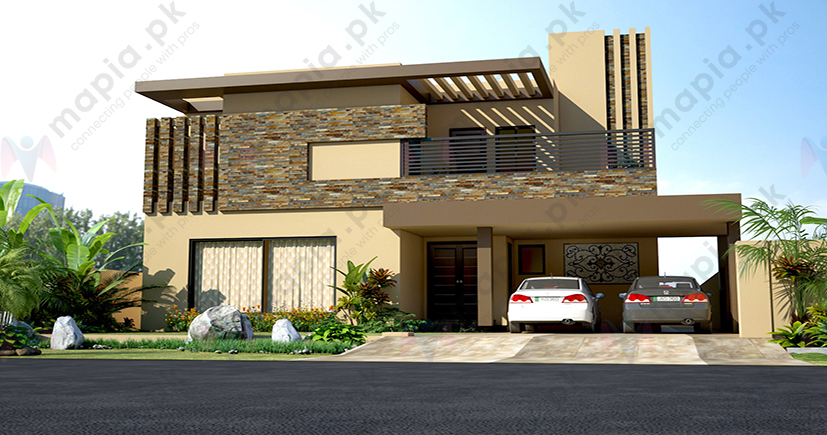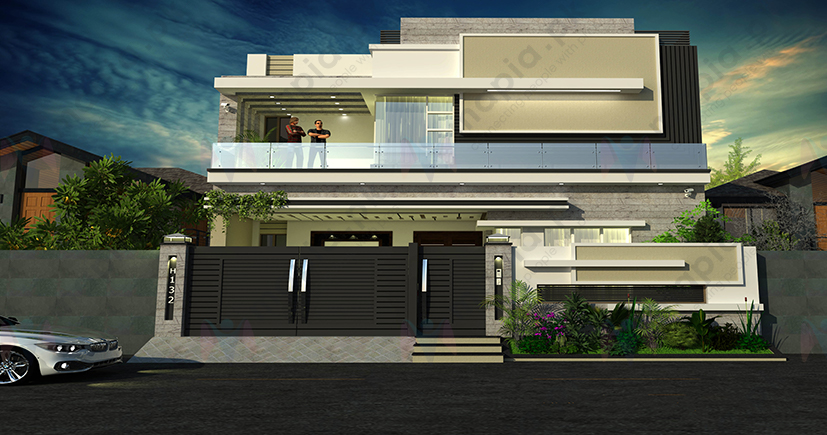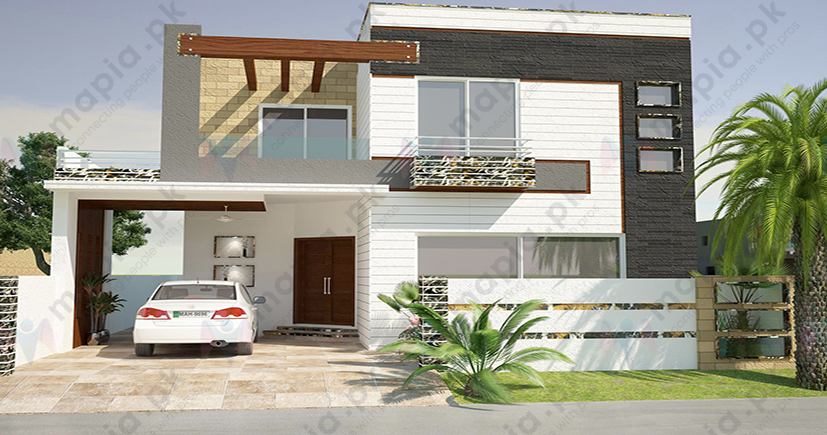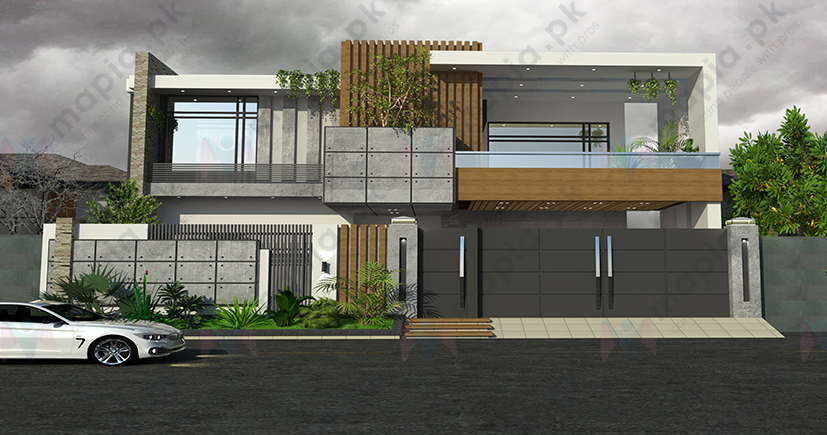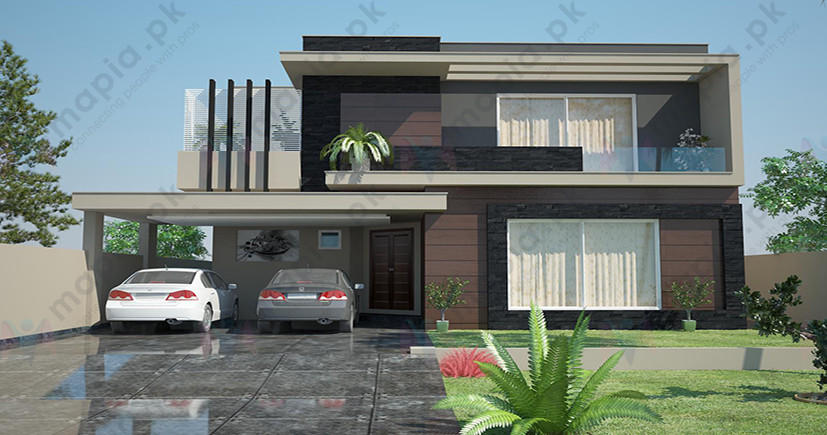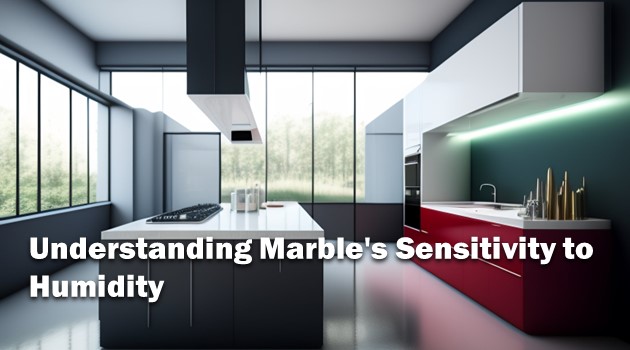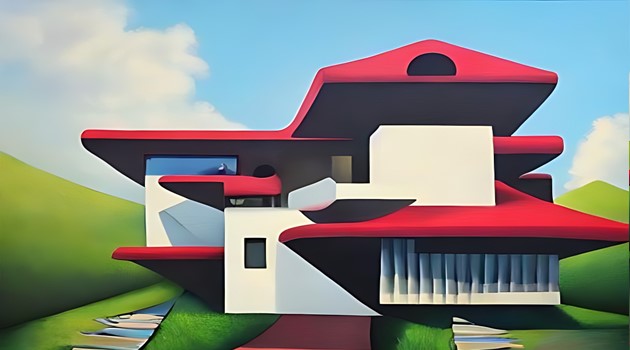
Building a Sweet Home: 15 Tips for Designing a New House
Designing a new house can be an exciting project, especially when it's the first home for your family. However, it takes a lot of effort to build a house that you can call home – a sweet home. Even expert architects and interior designers believe that designing a perfect house is not easy. Even a small design error could lead to a badly designed and inefficient house.
In order to design a beautiful home, the architects, the interior designers, and the homeowner need to collaborate and think through the whole project, and consider many things.
Designing a New House?
Designing a new house for a big joint family can be overwhelming and challenging. Different family members will have different priorities and feature requirements in their rooms. For example, the growing up kids may need a separate room where they can invite their friends to play and study. The kid’s room may be shared between two siblings or should you build separate rooms for kids to offer some privacy to a growing kid?
The senior members need a peaceful and comforting space to sit, relax and study, and the family may need a common space like an open terrace. There is so much to think about and consider in designing the home of your dreams.
What are the important things to consider in designing a new home?
Ideally, a beautiful home fulfills all the space requirements for the family. However, your house should be planned and designed in such a way that it can be constructed within a budget. So, if you are designing a new house, then consider some essential things and crucial factors.
1. Choose Appropriate Land
The very first thing that you should take into account when designing your home is the land. Certain site constraints may affect the design of your home and lead to additional construction costs. In particular, the condition of the soil is crucial for the construction of the slab and footing. If the soil's condition is not favorable, then it can lead to many difficulties while constructing the home.
If required, don’t hesitate to go for a soil test to know the properties of the land. If the plot is uneven, that may lead to extra costs in land preparation. However, plain and non-rocky land is best to build a house.
There are few more writings on topics like,
You Don't Need an Architect to Design Your Home
What is Construction Management: A Guide to Key Concepts and Techniques
How to Hire an Architect in Pakistan: Interviewing an Architect for Nailing the Perfect Hire
2. Consider Your Construction Budget
Luxury comes at a price, and that price needs to be paid by you. Therefore, it's important to consider a tentative construction budget when designing a house. You can easily get carried away while planning, which can lead to extra expenses. But there is no point in taking additional financial pressures while building a house. Considering your overall budget will help you stay on budget when designing and building a house.
Carefully assess your finances – like how much money you have already saved. What kind of additional financing you can arrange like an unsecured loan from friends and family or a secured housing loan. Once you have worked it out, you can discuss your budget with the architect who is helping you design your home. The architects can easily figure out the build cost based on the size and features of the house.

3. Lifestyle of the Family
First things first, let's consider the lifestyle of your family. Do you have kids running around? If so, you might want to consider a separate games room where they can unleash their energy without driving you crazy. And for the parents who want to keep an eye on their little ones, an outdoor play area near the kitchen or living room is the perfect solution.
But what about the grandparents who just want to relax? Fear not, an outdoor sit-out area is the perfect spot for them to unwind and soak up the sun. And for the fitness freaks in the family, a separate gym room can be their sanctuary. It's all about thinking through the space requirements of each family member and creating a space that suits everyone's needs.
4. Prioritize Your Requirements
Now that you've got the family's lifestyle sorted, it's time to prioritize your requirements. Sure, a rooftop deck or a swimming pool may sound amazing, but is it really necessary? Instead, you could spend the same amount on a power backup system or solar panel and get almost free electricity for life.
So, while it's important to add features and amenities to your new family house, make sure you get your priorities right. Think carefully and plan what's essential and what can be sacrificed.
5. Choose the Right Facing
Alrighty, let's talk about facing, folks! And no, we're not talking about your facial expression, but the direction your house faces. This is crucial when designing your new home, as it can affect the temperature inside. Nobody wants to feel like they're baking in an oven during the summer, or freezing like a popsicle in the winter.
So, when you're designing your house, make sure you orientate your living rooms and bedrooms to face the side where there will be moderate penetration of the sun. In other words, choose wisely, my friend.
6. Open Vs Closed Floor Plan
Now, let's talk about open vs. closed floor plans. It's like choosing between being an extrovert or an introvert for your home. Open floor plans are all the rage these days, and for good reason. They allow for better flow of light and air throughout the home, and make your space look more aesthetically pleasing. Plus, you won't feel like you're trapped in a box.
But hold up, folks! Don't forget to consider the size of your lot. While an open floor plan may look luxurious, it may not be the best choice if you're building a house on a smaller plot. So, before you go knocking down any walls, make sure you're considering the big picture.
7. Present and Future Space Requirements
Hey there, future homeowner! When it comes to designing a house, it's important to think beyond your immediate space needs. Sure, you might only need two bedrooms now, but what about in a few years when your family grows? Will your elderly parents move in with you? Will your kids need their own rooms when they reach their teenage years?
By considering your future space requirements, you can save yourself from the headache of having to remodel or even move out of your beloved home in just a few years. So, think ahead and plan for a separate room for your parents, or an extra bedroom for your growing kids.
8. Allow Natural Light
Let's talk about one of the most important elements of any house - light! Nobody likes living in a dungeon, right? That's why it's important to allow plenty of natural light into your home. Not only does it make your home feel bright and cheery, but it can also help keep the air fresh and purified.
Plus, natural light is a great way to cut down on electricity costs - who wants to pay for lighting when you can just open up some windows? So, make sure to plan for big windows that allow plenty of light to enter your rooms. And if you're a morning person who loves the sunrise, make sure to place your windows on the east side of your home.
9. Consider Natural Ventilation
Hey there, let's talk about fresh air and how you can get more of it in your home! Cross ventilation is the key, baby! This process allows air to flow freely throughout your house and keep it cool as a cucumber. So, when you're designing your dream home, make sure to keep proper ventilation in mind. Nobody wants to feel suffocated, am I right? So, why not add some larger doors and windows to let that fresh air flow through your house like a breath of fresh air?
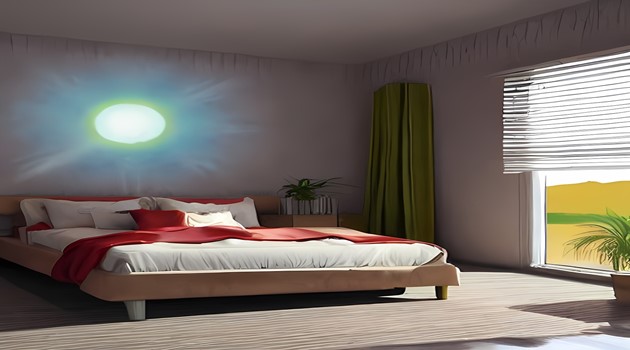
10. Proper Room Size
When it comes to designing your home, size does matter! Before you start building, make sure you pay close attention to the size of the rooms. You can visualize the space and measure the actual carpet area. Trust me, it's much easier to make changes on paper or on your computer before construction starts. Once you start building, changing the room size can be a real pain in the you-know-what. So, don't forget to pay attention to the size of the space when designing your floor plan.
11. Create Multi-functional Space
Who doesn't love multi-functional rooms? They're like the superheroes of home design! When planning your dream home, think about creating multi-functional rooms and spaces that can be used in different ways without major changes. For example, your study room can also double as a home office. Get creative and think outside the box!
12. Create a Quiet Zone
Psst! Want to know a secret to making your dream home even dreamier? Add a quiet zone! This special room or space in your home can be used for different purposes like relaxing, reading, or just enjoying some peace and quiet. The best part? It can even be converted into a separate room when needed. So, don't forget to create a quiet zone in your home and let the tranquility wash over you.
13. Single Storey or Duplex
One or two stories? That is the question! Whether you prefer a single-story or a duplex home all depends on your personal preferences and space requirements. If you're looking for something easy on the knees, a single-story home might be just the ticket. But if you need more rooms and space, a duplex might be the way to go. Remember, there's no right or wrong answer when it comes to choosing the number of floors. It all depends on your family's needs and the available build area.
14. Indoor and Outdoor Open Space
Let's talk about open space! Indoor open spaces like balconies, verandas, or open terraces can add some serious wow factor to your home. Not to mention, they can be used in different ways too! And, adding outdoor open space can give you that much-needed space to plant some greens or just relax outside. So, don't forget to add some indoor and outdoor open spaces to your home design and get ready to breathe in that fresh air!
15. Durability and Build Quality
Last but certainly not least, let's talk about the durability and build quality of your home. Building a home is a big investment, so you want to make sure it lasts a long time! Work closely with your architect and structural engineer to ensure that your home is built with durability and longevity in mind. Your home should be able to withstand harsh weather and natural disasters like a champ!
Alright, there you have it! Some major house design considerations to keep in mind when building your dream home. What else do you think should be considered? And, most importantly, happy house designing!


